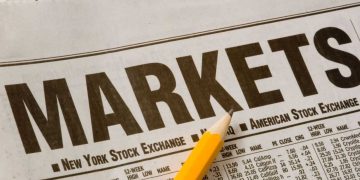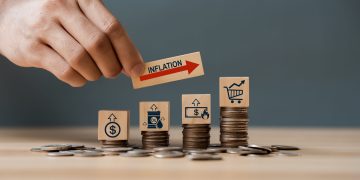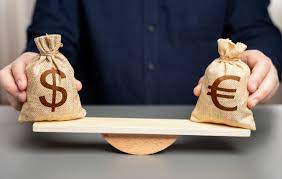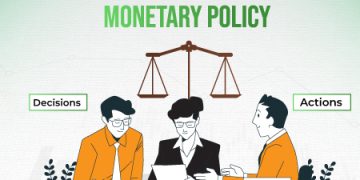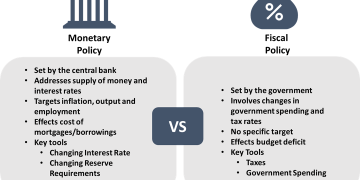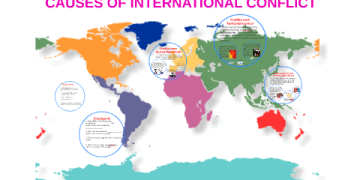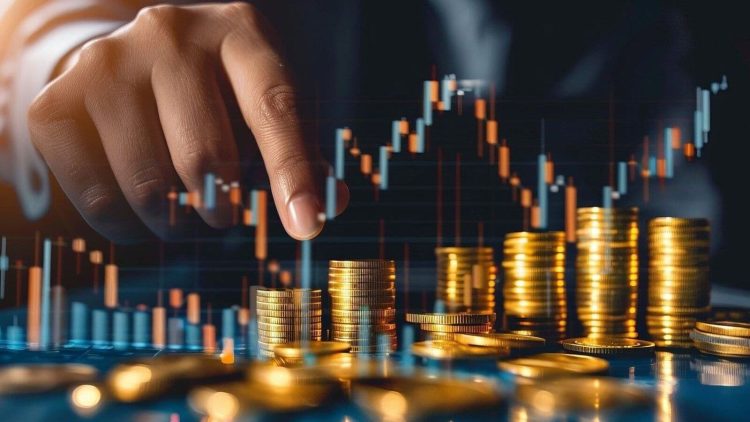Introduction
Over the past two years, the Federal Reserve (the Fed) has embarked on one of the most aggressive monetary tightening cycles in recent history. Faced with surging inflation, policymakers responded with a series of rapid and significant interest rate hikes, pushing borrowing costs to levels not seen in more than two decades. Now, as inflation shows signs of easing and economic growth moderates, investors are asking whether the Fed is approaching the end of its rate-hike cycle. If so, the implications for risk assets—such as equities, cryptocurrencies, and real estate—are profound. At every turning point in Fed policy, history suggests that asset prices undergo important shifts. The key question is whether this moment marks a genuine inflection point for risk-taking, and if so, which asset classes are best positioned to lead in the next phase of the cycle.
Understanding the Fed’s Rate-Hike Cycle
The Fed’s mandate is to promote maximum employment and price stability. When inflation surged above 8% in the aftermath of pandemic-era stimulus, supply chain disruptions, and geopolitical shocks, the Fed responded with an unprecedented pace of tightening. Interest rates were raised from near zero to above 5% within just 18 months. This policy shift reverberated across global markets, tightening financial conditions, suppressing speculative excess, and rebalancing investor expectations.
As the Fed approaches the end of this cycle, the narrative is shifting. Markets now debate not whether rates will rise further, but how long they will remain elevated and when cuts might eventually occur. Historically, the transition from hikes to pauses or cuts has been one of the most consequential moments for asset allocation.
Historical Precedents: Lessons from Past Cycles
Examining past Fed cycles provides important insights:
- Early 1980s Volcker Era: Aggressive tightening broke inflation but caused a severe recession. Once rates peaked and inflation fell, risk assets staged a powerful rally.
- 2000 Dot-Com Bubble: The Fed ended its hikes as growth slowed, but equity markets were already collapsing due to overvaluation. The end of tightening did not prevent significant losses.
- 2008 Global Financial Crisis: Even as the Fed cut rates aggressively, systemic risks overwhelmed markets until extraordinary fiscal and monetary support was introduced.
- 2018 Cycle: When the Fed signaled a pause after rate hikes, risk assets recovered strongly, culminating in a robust rally in 2019.
The lesson: the end of a rate-hike cycle can signal relief, but outcomes depend heavily on the broader macroeconomic backdrop—particularly whether inflation has been tamed without causing a deep recession.
Risk Assets at the Crossroads
Risk assets—equities, corporate bonds, emerging markets, cryptocurrencies, and real estate—are highly sensitive to shifts in monetary policy. Lower borrowing costs typically support valuations, while tighter policy compresses them.
Equities: Valuations for U.S. equities, particularly growth stocks, remain elevated relative to historical averages. Technology and innovation-driven sectors have already staged partial recoveries in anticipation of a Fed pause. If the economy achieves a “soft landing,” equities could continue higher. However, if growth stalls, earnings downgrades may offset the benefits of lower rates.
Corporate Bonds: Credit spreads remain relatively tight, reflecting optimism about corporate balance sheets. However, defaults could rise if economic activity slows, particularly in high-yield markets.
Emerging Markets: A weaker U.S. dollar, which often follows the end of Fed tightening, could provide relief to emerging economies burdened by dollar-denominated debt. These markets historically outperform in periods of stable or declining U.S. rates.
Real Estate: Higher borrowing costs have suppressed housing activity and commercial real estate valuations. A pause or pivot could ease some of these pressures, though structural headwinds—such as remote work—remain.
Cryptocurrencies: As a speculative asset class with high sensitivity to liquidity conditions, cryptocurrencies often benefit from a looser policy environment. The end of tightening could provide a tailwind for Bitcoin and other digital assets, particularly if investors seek diversification from traditional assets.
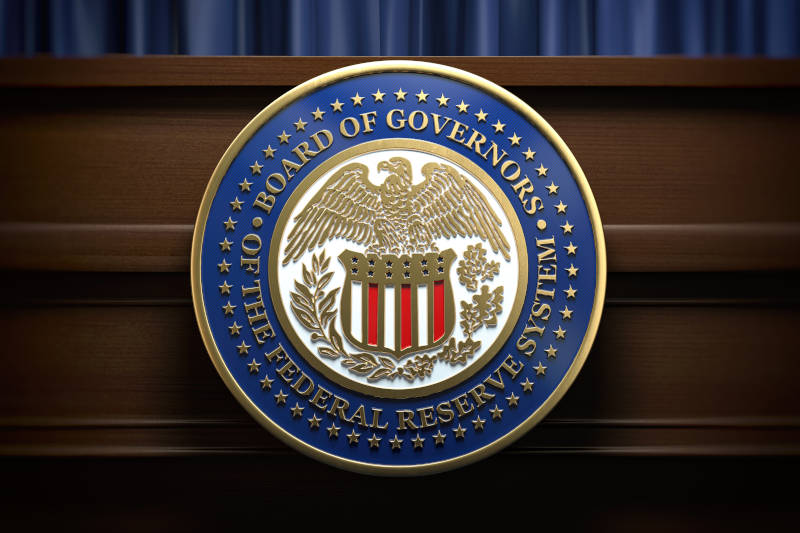
Growth Stocks vs. Value Stocks
One of the defining dynamics of the past two years has been the outperformance of value stocks over growth stocks, as rising rates reduced the present value of distant earnings. With rates stabilizing, the tide could shift once again.
- Growth Stocks: Companies in technology, biotech, and innovation-heavy sectors are highly sensitive to interest rates. Lower discount rates disproportionately benefit their valuations. If the Fed pauses, these stocks could reassert leadership.
- Value Stocks: Sectors like energy, industrials, and financials performed well in a high-inflation, high-rate environment. While they may still provide stability, they are less likely to lead if liquidity expands.
The balance between growth and value will depend on whether the economic backdrop supports sustained earnings growth or whether investors prioritize defensive positioning.
The Role of Cryptocurrencies
Cryptocurrencies occupy a unique position in the risk-asset universe. Initially championed as a hedge against inflation, their performance during this tightening cycle has revealed greater sensitivity to liquidity than to inflation itself. When liquidity dries up, speculative capital withdraws from digital assets. Conversely, when liquidity improves, cryptocurrencies often rebound quickly.
Several factors could amplify crypto’s role in the next phase of the cycle:
- Institutional Adoption: Increasing participation by asset managers and traditional financial institutions is providing more legitimacy.
- Regulatory Clarity: Greater regulatory guidance, particularly in the U.S. and Europe, could reduce uncertainty and attract more capital.
- Technological Advances: Growth in decentralized finance (DeFi) and blockchain applications may create real-world utility that strengthens the investment case.
However, volatility remains intrinsic. Investors must weigh the potential for outsized gains against the risk of sharp drawdowns.
Macro Risks Still Loom
Despite optimism about the Fed’s pause, several risks could derail risk assets:
- Sticky Inflation: If inflation proves more persistent than expected, the Fed may be forced to maintain higher rates for longer, dampening the rally.
- Recession Risk: A delayed impact from past tightening could push the economy into recession, undercutting corporate profits and risk sentiment.
- Geopolitical Uncertainty: Conflicts, trade disputes, and supply chain disruptions could reintroduce volatility.
- Fiscal Imbalances: Rising government debt and fiscal deficits may exert upward pressure on long-term yields, complicating the Fed’s task.
These risks underscore that while the end of tightening is often positive for risk assets, it is not a guarantee of smooth sailing.
Possible Scenarios Ahead
- Soft Landing: Inflation moderates without a deep recession. In this scenario, equities and cryptocurrencies rally, with growth stocks leading.
- Hard Landing: A recession materializes, leading to earnings declines. Defensive assets such as Treasuries outperform, while risk assets struggle.
- Stagflation: Inflation remains elevated even as growth slows. Risk assets face headwinds, and commodities may outperform.
- Reflationary Boom: If fiscal stimulus coincides with a Fed pause, risk assets could surge broadly, though inflation risks could resurface later.
Conclusion
The end of the Fed’s rate-hike cycle is a pivotal moment for global markets. Risk assets—from equities to cryptocurrencies—are at a potential turning point. History suggests that when the Fed pauses, markets often rally, but the magnitude and sustainability of such rallies depend heavily on the macroeconomic environment. Growth stocks and cryptocurrencies may be poised to lead if liquidity conditions improve, but lingering risks such as inflation persistence or recession cannot be ignored.
For investors, this moment requires careful balancing of optimism with caution. Diversification, disciplined risk management, and a keen awareness of evolving macroeconomic signals will be essential. Whether this turning point ushers in a new bull market or proves to be a temporary respite, one thing is certain: the end of the Fed’s tightening cycle will redefine the landscape for risk assets in the years ahead.

